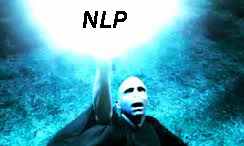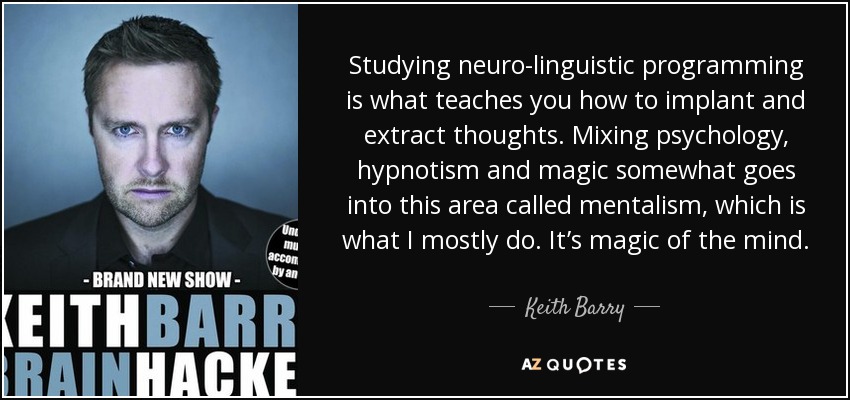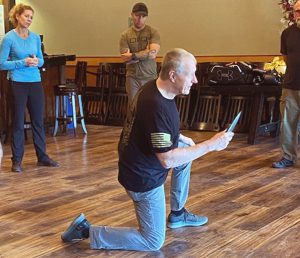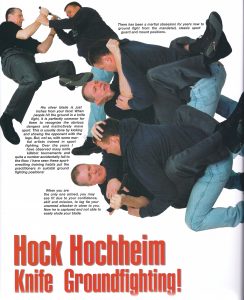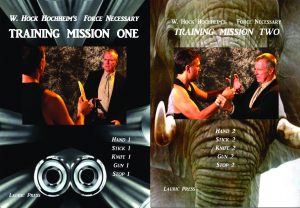I was doing a seminar in early 1990s and an attendee approached me during a break and said,
“I see you’ve studied NLP.”
“No,” I said.
“Oh, you use NLP methods. I thought you did.”
In England years later, another guy said the same thing. I said no again. And then a host there said that I “used NLP.”
Neural Linguistic Programming. What then precisely was NLP “methods?” I was just “doing my thing.” Saying “my thing.” Of course, I had a vague idea of NLP because some pop instructors of the day were using it as the next sales pitch magic, promoting it to sell their courses. “Learn NLP!” Was it a form of hypnosis? Svengali-manipulation?
So, I had to look this up to see what I was doing naturally that was so NLP-ish. After a library visit I deduced that EVERYONE was “using NLP” to some degree. Using your words to influence, to teach and sway (and hopefully improve) was not new. Selecting and understanding wordings and the nuances thereof, reaching and influencing people, did not and does not have to come from NLP.
The Death of Marcus Wynne (February 2022) Army vet. Air Marshal vet. Creator of courses. Why am I thinking about the faded away NLP? Wynne’s recent death made me re-reflect on those NLP-times, because with his passing his old friends mentioned the things he taught. And for some, they say Wynne somewhat-somehow changed their lives! They recall he taught things mentioned above like “crisis rehearsal,” visualization and the magical – NLP. In fact, Wynne was revered by some folks, as some sort of “Jedi” in those days gone by.
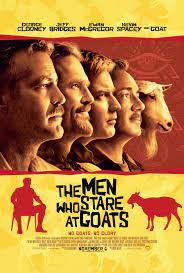
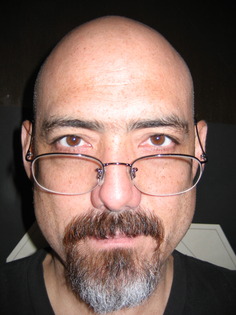
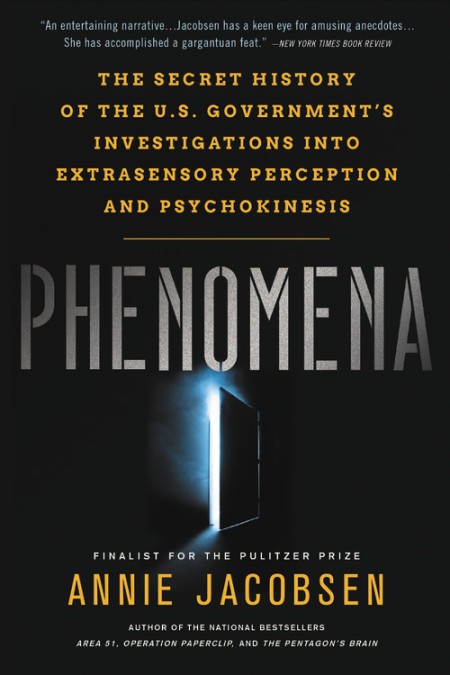
The raw, overall solution-methods were “camp-fire old” in many ways. In another whim-follow-up in about 2018, I downloaded several newer concept NLP books via audio (by actual doctors NOT martial arts guys). I listened to them, which extraplolated the evolved additions of the NLP world, somehow dense while shallow, (one of the NLP complaints is that they use vague language – see inside the link below). After lstening, I still remained quite unimpressed.
Common, related NLP topics were told and old:
- Stress inoculation (not new even then).
- Crisis rehearsal (not new even then).
- Visualization (not new even then).
- Advanced learning methods (not new even then).
- Special, catchy language (never new.)
It’s the gun-guy, Dave Spaulding’s old, wise line again, “It’s not new, it’s just new to you” that holds true over and over. And by the way, speaking of guns, there was an NLP influence within certain firearms crowds too, back then. So, why the martial arts and shooter fuss ages ago?
Shootin’ and Fightin.’ Being in and around the martial arts, military-policing and guns since the early 1970s, I have seen many fads come and go. Oh, they might last a while, but still are a fad. We are in the middle of a few right now. The influence of how NLP had some voodoo magic in the 1970s, 80s and even the 90s martial artists, shooters and other folks is an interesting business study. First off, martial artists, shooters, police, military being human, we can fall for any sales pitch. Business people use faddish sales pitches to increase sales. NLP can be by itself, its own manipulative sales pitch, about a sales pitch, about a sales pitch, about… (the cycle continues).
And now back to NLP itself… for quick examples…
- A monopoly on crisis rehearsal? New? No. I mean just look at old football practice and old shoot-room training. Are they not crisis rehearsal? Sometimes you are already doing what you have been told is new, and have not made the connection.
- A monopoly on Visualization? New? No. In Ed Parker’s Kenpo Karate classes in 1972, there were discussions on the power of visualization training. Sort of rehearsing in your mind katas, techniques and fights in a quiet room or moment. For me, a believer in the tenant of “reduce the abstract,” when feasible, I will never grasp significantly replacing this closed-eye, sit-down with physical action. There is much science today that proves such visualization-meditation has only fractional results in comparison to reality, or smart steps toward reality. My point is not the success ratio, but rather that the practice of visualization already existed in martial arts. Take shadow boxing. It can be be quite shallow without visualizing an opponent. Helps but the shadowm won’t break your nose. I am sure readers here will and could list this martial, mental rehearsal practice going…back…ages.
- A monopoly on advanced learning? New? No. There’s always more learning. In the “mind-game” you have to keep up with the ever-changing improvements. I have a friend in Australia who is a double-doctorate in psychology, a working counselor and college professor. He told me that a psychology doctorate must be completed within two years because that’s how fast the world of neural-plasticity changes! NLP was off the radar. (Psychological therapies are VERY complex, the training complex, and require a customized, deep-dive into clients with careful scripts.)
Trained psychologists and motivational speakers were teaching these generic principles of speech, motivation and improvement, here, there and everywhere. I mean, Zig Zigler or any business guru said more or less the same things. The Power of Positive Thinking was a 1952 self-help book by Norman Vincent Peale. Age-old common speech classes produce verbal influence methods. Books and speakers have preached the copying of successful people’s habits, their messages and ideas were-are very much language influencers. They all use and preach the nuance of language to communicate, focus, sway and improve. President Lyndon Johnson would write speeches, then hand the crude outline to his speechwriters and say, “Here, put the music to it.” The music to it. To really work, you need the soundtrack.
Any-who, here are some fast facts about the old and new NLP:
- Linguistics is the study of human speech including the units, nature, structure, and modification of language.
- NLP was developed by Richard Bandler and John Grinder, who believed it was possible to identify the patterns of thoughts and behaviors of successful individuals and to teach them to others.
- NLP originated when Richard Bandler, a student at the University of California, Santa Cruz, was listening to and selecting portions of taped therapy sessions of the late Gestalt therapist Fritz Perls as a project for Robert Spitzer. Bandler said that he recognized particular word and sentence structures which facilitated the acceptance of Perls’ therapeutic suggestions. Bandler then approached John Grinder, then a linguistics lecturer. Bandler and Grinder say that they studied Perls’ utterances on tape and observed a second therapist, Virginia Satir, to produce what they termed the meta model, a model for gathering information and challenging a client’s language and underlying thinking.
- NLP tries to detect and modify unconscious biases or limitations of an individual’s map of the world.
- NLP is not hypnotherapy. Instead, it operates through the conscious use of language to bring about changes in someone’s thoughts and behavior. (Some naysayers call it “covert” hypnosis.)
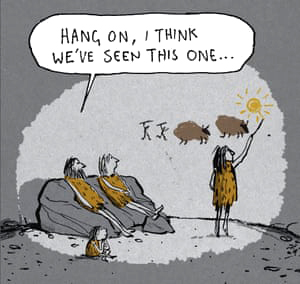
Oh, the everlasting, simple wonder of manipulative words! Monks chant. Writers write. Poets poet. Singers sing. Preachers pound the podium. Speakers-talkers sway and influence. Oh, the pulse, the orchestration of words to create positive (or sadly, negative) emotional, intellectual bonding and states of mind.
NLP had a martial arts and shooter fad. NLP is not in the martial arts, shooting world vernacular. The universal training topics were there before NLP and remain after. Today, you have to be careful about NLP though. I don’t think it comes up much in modern discourse. Despite being around for nearly half a century, NLP is currently not recognized in mainstream psychology. I know some folks working on their Masters and PHDs in pschology, enjoy talking with them, and NLP is nowhere to be found. It seems like today’s NLP business wants to make “life coaches” out of just about anybody, high school grads or not. And I noticed that the old “NLP” initials are easily confused today some some modern computer, language programming.
So, from the 1990s, and through the finished books in 2018. I remain unimpressed. I am a skeptical, hard-sell by nature anyway. Good or bad, I did suspect early on that learning this NLP stuff from actual veteran, certified psychologists would be smarter than from some martial arts guys or gals who may or may not have even graduated high school? But as we see, veteran, certified psychologists won’t touch the stuff.
After this article was published a professional NLP-er coach stood up for NLP (and why wouldn’t he? It was his income). He was very nice and non-confrontational, but I must say I’ve never read a more jargon-filled, collection of complicated clap-trap, goobly-gook. I told him that this techno-talk, meant to sell and impress, was largely responsible for the decline in NLP. No reply.
Thanks to the internet, today’s citizen, shooter, police, military, martial studies are diverse and wide-open to new worlds of modern science, sports training, medicine and psychology. Look around. Be conscious of fads and overt and covert sales pitches. Our martial genre always talks about being a “hard target?” Also be a “hard-sell,” skeptic.
And I now hereby conclude my manipulative words for today. I guess I do know NLP after all!
For more…
Six ways you can tell someone is using NLP on YOU
The Men Who Stare at Goats Movie Trailer
______________________________________
Hock’s email is HockHochheim@forcenecessary.com
For more essays like this here, click here
#nlp #marcuswynn #combatives #martialarts #martialartstraining #kravmaga #preparedcitizen #counterbladetactics #PoliceDefensiveTactics #defensivetactics #selfprotectiontraining #selfdefensetraining
